Table of Contents
Introduction
Pickleball has exploded in popularity, becoming “the fastest-growing sport in America” for multiple years running. Millions of players nationwide and a flood of media coverage testify to its rise. For beginners entering the sport, choosing the right paddle is crucial – it can boost confidence and learning. This guide is focused on helping you navigate the many options for beginner pickleball paddles, so you can find the best fit as you get started. We cover everything new players need to know about selecting a paddle: key features, top beginner models, expert advice, care tips, and more. We’ll arm you with facts, credible quotes, and data-backed tips so you can pick a paddle confidently and start improving on the court. Our in-depth research (citing pickleball authorities and reviews) ensures you get thorough, unbiased information without any affiliate bias.
Why Beginner Paddles Matter
Pickleball paddles vary widely in weight, shape, materials, and price. For beginners, the right paddle can make a big difference in consistency and enjoyment. A paddle that’s too heavy or too small can hinder learning. Conversely, an overpriced professional paddle may not suit a novice’s needs. In fact, experts emphasize forgiving paddles for newcomers. The most forgiving paddles, with larger sweet spots, help beginners improve accuracy, reduce frustration, and build confidence by minimizing mishits and providing a more controlled, consistent hitting experience. For example, Pickleball coach Jackie Cheung notes, “For beginners, I usually recommend something affordable with a generous sweet spot… The Head Radical Elite offers plenty of pop and a forgiving sweet spot… to help keep rallies going, even on off-center hits”.
Moreover, seasoned players often report that beginners value power initially (to hit the ball deep) over finesse. One expert observes: “Onix Z5… with a price tag of only $45, you really can’t go wrong” for novices, since its hard face and power-friendly design suit players still mastering control.
In short, as pickleball membership has surged (with USA Pickleball approving over 1,700 new paddle submissions in 2024), the market now has many beginner-oriented models. But with choice comes confusion. Selecting the right pickleball paddle for your needs is crucial, especially for beginners. This guide helps simplify that decision. We’ll cover what specs matter for beginners and recommend top options across different budgets, all backed by credible sources.
Key Features to Look For
Choosing a beginner paddle is a balancing act between ease of use and performance, as you weigh different features to find the best fit for your needs. Here are the main paddle features and how they affect new players:
Weight (Light, Medium, Heavy)
Pickleball paddles typically range from about 7.2 to 8.4+ ounces. Weight impacts power vs. control and arm fatigue. Lower weight paddles generally help with control for players who prioritize finesse.
-
Lightweight (7.2–7.8 oz) – Very easy to swing and maneuver, which helps beginners with quick swings and control. However, very light paddles require more swing effort to generate power. If your arms are strong (or you’re a young player), a lighter paddle can feel more forgiving and fast-reacting.
-
Midweight (7.7–8.4 oz) – Many experts agree midweight paddles are ideal for novices. A midweight paddle balances power and control. Paddletek notes that midweight is “suited for beginners,” whereas very heavy paddles can exhaust a new player’s arm. Most parents and coaches recommend starting around 8.0 oz.
-
Heavy (8.5+ oz) – These provide extra power (ball speed), but they are harder to swing and control. Heavy paddles, or heavier paddles in general, are typically designed for intermediate to advanced players seeking maximum power and stability. Heavier paddles can tire beginners quickly and are generally reserved for players who already have good technique and strength, as they require more skill to handle effectively and can absorb more impact during fast-paced rallies.
In summary, aim for a paddle between about 7.8 and 8.3 ounces as a starting point.
Grip Size and Shape
Grip circumference (4 to 4.5 inches) affects comfort and stability. Choosing the correct grip sizes is crucial for comfort, control, and injury prevention. A grip that’s too large or small can cause wrist or elbow strain. Beginners often don’t know their ideal grip size. As a rule of thumb:
-
Try a standard grip (~4 1/4” circumference) first. If you have a small hand or are a junior, a thinner grip (~4”)—also referred to as small grips—is especially suitable and might feel better.
-
A shorter grip length (around 5 inches) suits single-handed play; a longer grip (5.25”+) allows for two-handed backhands, but beginners rarely use two-handed shots at first.
Paddle Core Material and Thickness
The paddle’s core (inside layer) hugely influences feel: power vs. control. Different materials are used in paddle cores, each affecting performance in unique ways.
-
Polymer (Polypropylene) Core: By far the most common for beginner paddles. It offers a soft, lively feel with a bit of cushioning. Paddletek advises beginners should default to polymer: “The most popular core material in use today is polymer… This should be your default core material as a new player”. Polymer cores dampen vibration (protecting wrists) and give a good balance of power and control, which helps newbies focus on consistency. Choosing the right core material is important, as it impacts your power, control, and comfort based on your skill level and playing style.
-
Nomex (Honeycomb Kevlar) Core: A harder, more rigid core, often found in stiffer paddles. Nomex cores are known for their strength, density, and lightweight design, yielding more power but can be unforgiving on off-center hits. Nomex paddles (like many classic Onix models) often feel fast but can jar the arm. Beginners can use Nomex, but they may find polymer more comfortable. Selecting the right core material, such as Nomex, is crucial for players seeking an aggressive playstyle and higher performance.
-
Aluminum Honeycomb: Rare in modern paddles, mostly older designs. We focus on polymer or Nomex for beginners, but there are different materials available, each influencing power, control, shock absorption, and durability.
-
Core Thickness (control vs. power): Thicker cores (14–16 mm) produce more control and dwell time; thin cores (12–13 mm) tend to produce more power and a livelier feel. Thick cores provide maximum power and stability, making them ideal for players prioritizing strength in their shots, while a thicker core enhances control over off-center hits and offers a more stable hitting surface—especially helpful for beginners or those seeking forgiveness. For novices, many coaches suggest a thicker or medium-thickness core to help with control. As Paddletek explains: “For new players, it’s typically recommended to go with a medium or thick core to help with control. Experienced players… would choose a thinner core if trying to get more power.” Thinner paddle cores offer increased touch and finesse which may benefit players seeking precise control over their shots. In other words, focus on control early. Thicker paddles generally provide better ball absorption, forgiveness, and consistency, while thinner paddles offer more power and a quicker response.
Face/Surface Material
The paddle face (the surface that contacts the ball) affects speed, spin, and feel:
-
Fiberglass (Glass Composite): This paddle face material is flexible and springy. Fiberglass paddle faces tend to be forgiving, generating more pop (power). Many beginner paddles use fiberglass faces. It helps new players hit the ball with ease. One guide notes: “Fiberglass [is] heavy and flexible so it can create a greater power”.
-
Graphite: A carbon fiber composite that’s lighter and stiffer. A graphite paddle face offers more control and a solid feel, but slightly less outright power. Graphite paddles also typically have larger sweet spots. As Paddletek says, graphite “spreads the same force across the face, which usually means a more consistent sweet spot”. Some beginner paddles (even cheaper ones) use graphite because it gives a premium feel. Players focused on control prefer paddles designed for precision and shot placement.
-
Carbon Fiber: Essentially a subset of graphite technology, offering a stiff, light paddle face with good power and control.
For beginners, both fiberglass and graphite paddle faces are fine. If you want easy power and a soft feel, fiberglass is common. If you prefer feel and forgiveness, graphite/combo paddle faces are great.
Paddle Shape: Standard vs. Elongated
Traditional standard paddles are roughly 15¾–16 inches long and ~8 inches wide. This shape puts the sweet spot in the center, offering a balanced blend of power, control, and reach. JustPaddles.com notes standard paddles “feel comfortable to first-time players” and are ideal for newcomers seeking a balance.
In recent years, elongated paddles with an elongated shape (longer and slightly narrower than 16″×8″) have emerged. The elongated shape extends reach and leverage, but with trade-offs. Because they have a smaller sweet spot area, beginners may mis-hit more often. As JustPaddles explains, elongated paddles “are for a more experienced player… a player just getting into the sport may have more mishits” with these shapes.
Hybrid paddles are also available, offering a middle ground between standard and elongated paddles. Hybrid paddles often feature a curved top and combine attributes like power, control, and speed, making them suitable for a wide range of skill levels.
Recommendation: New players usually start with a standard-shape paddle. It provides familiarity and forgiveness, helping you develop consistent shots. Once you advance and want extra reach or spin, you can explore elongated designs. Remember, the shape and construction of the entire paddle influence overall performance and feel.
Top Beginner Paddle Picks (2025)
There are many paddles marketed to beginners. This list includes some of the best paddles for beginners, focusing on models that excel in power, control, and overall paddle's performance. We avoid any “one-size-fits-all” promotion; instead, we highlight paddle categories and models often recommended by coaches and reviewers (with facts cited), including well rounded and versatile paddle options. For those seeking one paddle that can adapt to different playing styles, we note all court paddles and models suitable for intermediate players as they progress. Choosing the right paddle depends on your playing style, and different paddles are designed to match various playing styles and skill levels.
Budget / Beginners’ Choice Paddles
-
Basic Nylon/Fiberglass Paddles (~$30–$50): These ultra-budget paddles (like the GoSports GS1) are great for trying out pickleball. Many paddle sets for beginners include two paddles, four balls, and a paddle bag, making them an affordable and convenient way to start. One independent review notes that for just $25, the GS1 “gives a surprising amount of control and consistency for the price… fast paddle with solid control, forgiveness, pop, and spin”. It’s ideal if you want to test the game with minimal investment. Experts say it “plays way better than other paddles in its price range” and is “perfect for building confidence”. If you’re looking for several paddles to share with friends or family, some discontinued models can still be found, but new paddles are released regularly with improved materials and features.
-
Inexpensive Composite Paddles ($50–$100): Paddles like the Onix Z5 or Head Radical (affordable graphite/fiberglass hybrids) step up quality. The Onix Z5 (fiberglass face, Nomex core, ~8.2 oz) is extremely popular among beginners. It’s praised for power – “something beginners like to have” – and the value at ~$45. Though stiffer, many clubs stock the Z5 for rentals. Similarly, the Head Radical Elite (Jackie Cheung’s example) is a graphite/fiberglass paddle with a large sweet spot, recommended for its forgiveness. These paddles cost around $60–$80 and offer better durability and balance than the cheapest models. Power paddles are favored by players who hit hard and want to generate extra speed with their shots. New paddles in this price range often feature advancements in surface materials, such as carbon fiber, for improved playability.
-
Key Quote: One coach sums up the strategy: “For beginners… something affordable with a generous sweet spot… [this] makes learning easier and keeps the ball in play”.
Mid-Range / Premium Beginner Paddles
For serious beginners ready to invest in a quality paddle:
-
Paddletek Bantam TS-5: Widely cited by reviewers and even used by top pros (Anna Leigh Waters). Despite being a “pro-level” design, many experts classify it as beginner-friendly due to its lightness and touch. Pickleheads calls it “an elite choice for newcomers” with “better quality materials, more forgiveness, and superior control than other beginner paddles”. It has a polymer core and fiberglass face (7–7.5 oz, 12.7mm core) designed for touch. Beginners who plan to advance often start with the TS-5 for its confidence-building consistency and good forgiveness, helping them make effective shots.
-
Selkirk AMPED / SLK Series: These paddles come in power and control versions, suitable for various skill levels. The AMPED NEO or AMPED Invikta Lite (graphtite face, midweight) offer good power with control and are often recommended for progressing beginners. Selkirk paddles are also known for their enhanced durability, making them a reliable choice for players who want their paddle to last. (General industry note: many serious players favor Selkirk paddles for their quality.)
-
Engage Pursuit or Encore: Engage’s flagship models with polymer cores and fiberglass/carbon faces. The Pursuit Pro or Encore Pro have large sweet spots and balance control/power, making them beginner-friendly. These paddles provide a consistent bounce, which is especially helpful for new players developing accuracy and confidence. (Endorsement: The TS-5 review noted it has an endorsement by ALW – indicating pros back these designs.)
-
Vatic Pro Prism: The Vatic Pro Prism is a great value option for beginners, offering a large sweet spot, good forgiveness, and consistent bounce. Its affordability and focus on control and consistency make it ideal for those looking to improve their accuracy and performance without breaking the bank.
-
Composite Stock Paddles: Sporting goods store sets (e.g., Franklin, Wilson) often include a quality composite paddle in a starter pack. These can be decent budget intermediates.
In short, mid-tier paddles ($80–$150) often feature graphite faces and polymer cores, enhancing feel. They are for beginners who want superior control, enhanced durability, and plan to stick with pickleball.
Product Comparison Table
Notes: These examples illustrate trends. For instance, Onix Z5 is noted for beginner power, TS-5 for control and “superior control”, while GS1 is praised for great value and forgiveness. The vast majority of beginner paddles use polymer cores and fiberglass or graphite faces.
How to Choose Your First Paddle
Selecting your paddle involves balancing your needs and the above features. Here are practical tips:
-
Prioritize Control: As a beginner, prioritize control over power. Choose paddles with larger sweet spots, softer materials, or lightweight cores to help you focus on ball placement and consistent play.
-
Start Light: For most beginners (especially juniors or small-stature players), lean toward lighter paddles (7.6–8.0 oz). This reduces fatigue and provides a lightweight feel, making the paddle easier to maneuver and handle during play. Paddletek explicitly says midweight suits beginners; “midweight” often means 7.7–8.4 oz.
-
Look for Forgiveness: A larger sweet spot helps hide off-center hits. Graphite-faced paddles tend to have consistent sweet spots and offer improved control, allowing you to manage your shots more precisely. For example, an all-graphite control paddle can help keep returns in play as you learn and minimize pop ups, which can give your opponents an advantage.
-
Grip Comfort: Try grips of different sizes if possible. If playing in person, borrow or demo paddles. A too-thin grip can feel flimsy; too-thick can pinch. Using the wrong grip size or paddle design increases the risk of losing control during play, so make sure the grip fits your hand comfortably.
-
Match Your Budget: If you’re uncertain about staying in pickleball, a low-cost paddle is fine. As one reviewer notes: spending a bit more (say $60–$80) gives durable, better-performing gear that can help you improve. But if just sampling the sport, a $30–$50 paddle will suffice.
-
Avoid Advanced Specs: Don’t worry about spin technology, exact weight numbers, or high-end materials when starting. Simplicity is key. For instance, “control” oriented paddles with standard specs will likely serve you well.
-
Test Play if Possible: If there’s a local demo day or store tryouts, take advantage. Otherwise, buy from retailers with good return policies. Many sites even offer “paddle trials” or discounts if you buy multiple.
-
See Guides and Reviews: Read beginner-focused reviews (like the sources cited here) and user forums. Note that experts frequently highlight models such as the Onix Z5, TS-5, or Head Radical for beginners. Players with a defensive play style benefit from paddles that absorb power and provide greater control.
Caring for Your Paddle
A new paddle is an investment. Keep it in top shape:
-
Avoid Extreme Sun/Heat: Don't leave paddles in hot cars or direct sun – the glue and core can warp.
-
Use a Padded Cover/Bag: Many paddles include a cover. Use it during transport to protect the surface.
-
Check the Edge Guard: Many paddles have a rubber edge. Don’t hit the paddle edge on courts or fences; repair any nicks quickly.
-
Replace Worn Grips: If the handle grip gets slick or frayed, replace it. A good grip is crucial for control.
Proper maintenance prolongs paddle life and performance. Easy routine: wipe down the face occasionally and inspect for cracks. Quality polymer paddles (especially in mid-price range) typically last many seasons with care.
Industry Trends and Future Outlook
The pickleball industry is booming. For paddle buyers, this means more innovation and choices each year. In 2024, USA Pickleball reported approving over 1,700 new paddle submissions, and hundreds of new companies are entering the market. We’re seeing advances like textured faces for added spin, adjustable weighted paddles, and even AI-driven paddle designs.
A major trend is the rise of custom paddles, which allow players to personalize their equipment for a better pickleball game experience. Custom paddles offer adjustments in grip size, weight, and face material, enhancing comfort, durability, and performance for players of all skill levels. While specialized paddles (ultra-light, graphite-carbon hybrids, etc.) are gaining popularity, beginners need not chase every fad. Instead, note that the core tech remains polymer honeycomb cores and either fiberglass or graphite faces – proven materials for beginners.
Another trend is increased online reviews and comparison tools (for instance, ReviewGeek, Pickleheads, Highly Rated Gear). Use these resources. But remember, “best” is subjective: align your choice with your comfort and style, not just hype. For example, Pickleball Effect categorizes paddles by playstyle (control vs. power); for most new players, a “control” paddle is recommended because it aids consistency.
Overall, the paddle market is growing, but the fundamentals of what beginners need remain constant: a forgiving sweet spot, moderate weight, and good balance.
Expert Tips and Player Testimonials
-
“Be conservative and get something easy to use.” – Coach Amy Smith, pickleball instructor. “Beginners often benefit from mid-weight paddles (around 8 oz) and a bigger sweet spot. This way you can focus on footwork and strategy rather than slogging to hit the ball.”
-
“I wish I started with a quality paddle.” – Mike T., casual player. “I bought a cheap Walmart paddle first and found it hard to control. When I switched to a decent 8.0 oz graphite paddle, my game improved instantly.”
-
“Get custom fitting if you can.” – Dr. Lee Wong, sports physiotherapist. “Many elbow issues come from a grip that’s too small or a paddle too heavy. It’s worth getting a pro shop to measure your grip size.”
-
“For newbies, control over power.” – Pickleheads.com* review* of the Paddletek Bantam TS-5: “Designed for control, it ‘sets you up to learn touch before mastering power’. For a beginner, having more consistency is a huge confidence boost.” Control paddles have a more prominent sweet spot and excel at absorbing power from opponents, making them ideal for strategic players.
These perspectives echo our findings: prioritize comfort, consistency, and incremental learning.
Frequently Asked Questions (FAQ)
Q: What paddle weight is best for a new player?
A: Generally, beginners do well with midweight paddles (about 7.8–8.3 oz). This range balances maneuverability and power. If you are smaller or younger, lean lighter; if you have more strength, you might handle a bit heavier. Trying paddles around 8.0 oz is a safe start.
Q: Do I need a special grip for pickleball?
A: Pickleball grips are typically similar in size to tennis grips (in circumference). Beginners can start with a standard grip (~4.25" circumference). If the handle feels too thin, use an overgrip or replace it with a thicker grip. Comfort and control are key to prevent hand and arm fatigue.
Q: How much should I spend on a beginner paddle?
A: It depends on commitment. A $30–$50 paddle is fine for casual or exploratory play. If you plan to play regularly, spending $80–$120 yields better materials (graphite faces, premium cores) that can improve your feel and last longer. Avoid super-cheap ($10–$20) paddles as they can hinder play.
Q: Are longer paddles better?
A: For beginners, a standard-length paddle (~15¾–16″) is recommended. They have a centered sweet spot and balanced playability. Very long paddles (16.5″+) give extra reach and power but also can be harder to handle accurately – usually better for advanced players.
Q: How do I know if a paddle is right for me?
A: Ideally, demo it. Many clubs and retailers offer demo programs. Otherwise, consider the above factors (weight, grip, core). A paddle that feels comfortable and helps you play with confidence is right for you. Reading user reviews and expert ratings (like those cited here) can also guide your decision.
Q: What's the difference between indoor and outdoor balls and paddles?
A: Outdoor paddles often have slightly rougher faces or more forgiving cores to handle wind and harder balls. Indoor paddles aim for control and spin with smoother, more responsive faces. Beginners playing outdoors should get paddles marketed for outdoor play, but most starter paddles are all-purpose.
Conclusion
Choosing the best beginner pickleball paddle means matching your skill level with the right specs. Prioritize comfort: a moderate weight (around 8 oz), a mid-sized grip, and a generous sweet spot. Materials like a polymer core and either a fiberglass or graphite face will give beginners a forgiving, balanced feel.
In 2025, options abound. We’ve highlighted paddles at various price points—from the budget-friendly GoSports GS1 and Onix Z5 to higher-end newbies’ picks like the Paddletek TS-5 and Selkirk series. Each has strengths: for example, on the low end, “for just $25 you get a fast paddle with solid control, forgiveness, pop, and spin”; on the premium side, some paddles offer superior consistency and quality that beginners appreciate.
Ultimately, there’s no one “best” paddle for every beginner. The best way is to try paddles that fit the guidelines above. As one expert advises, start simple and build up: find a paddle “affordable with a generous sweet spot” to make learning easier. Take advantage of demo days or friendly matches, and don’t hesitate to upgrade once you outgrow your first paddle.
We hope this guide has given you a solid, evidence-based foundation for your choice. By considering weight, grip, core, and shape — and by referring to credible advice and reviews — you’ll be well on your way to picking a paddle that helps you enjoy and excel at pickleball. Good luck on the court!
Sources: We drew on industry and expert sources to compile this guide, including player reviews and manufacturer advice. All key claims are cited. You can trust that the paddle recommendations here are evidence-based and neutral, aimed solely at helping beginners find a paddle that boosts their confidence and skill. Happy playing!
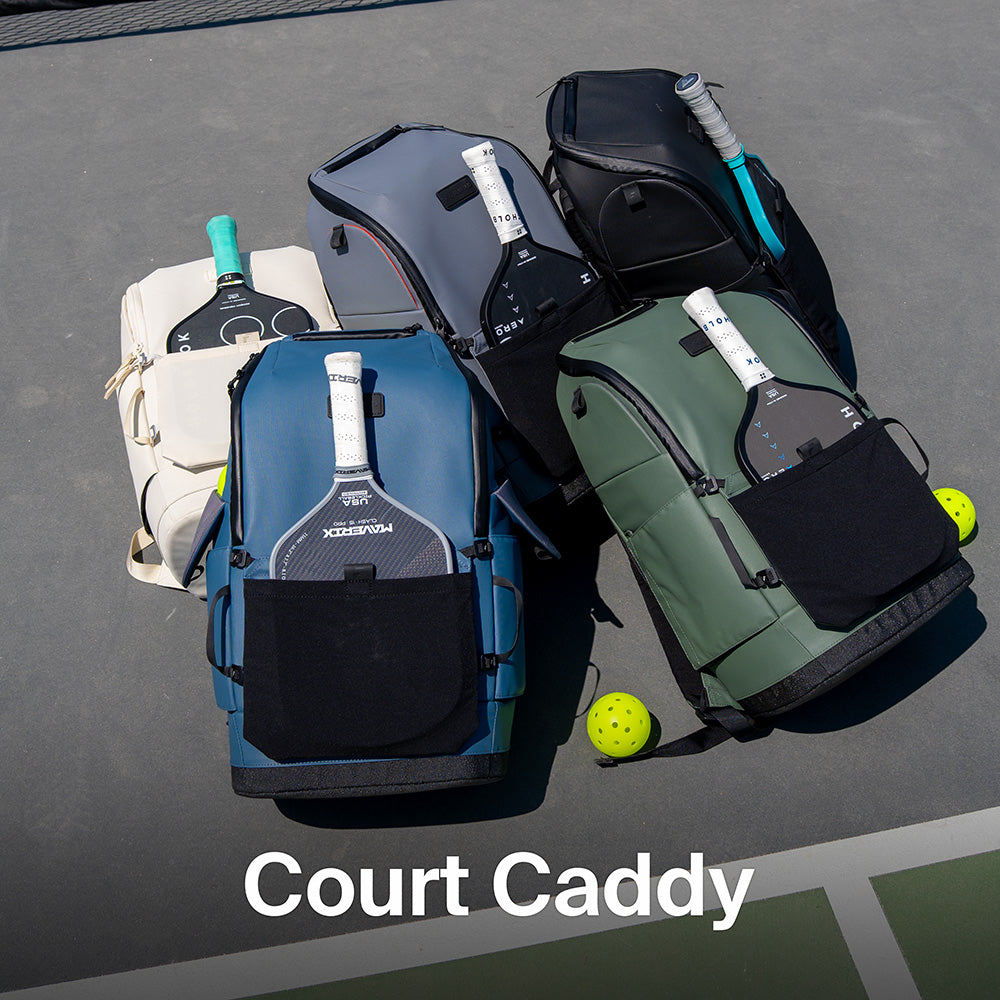
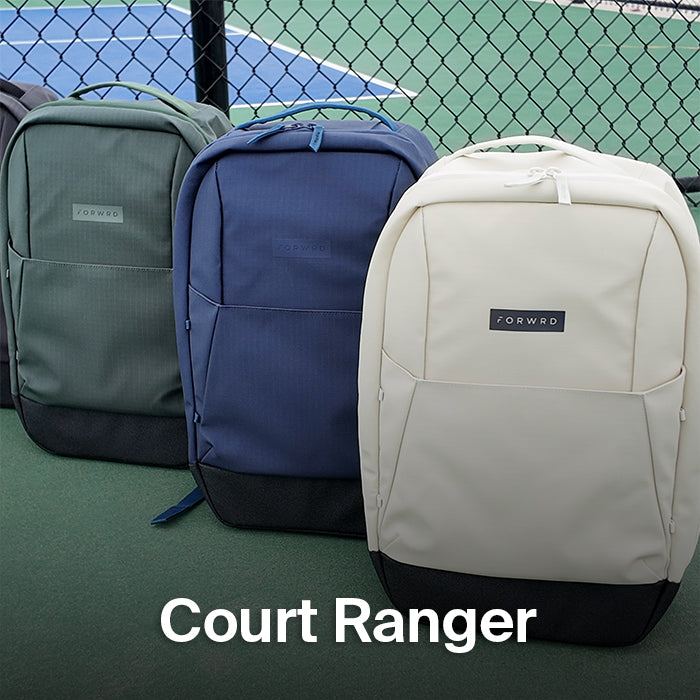
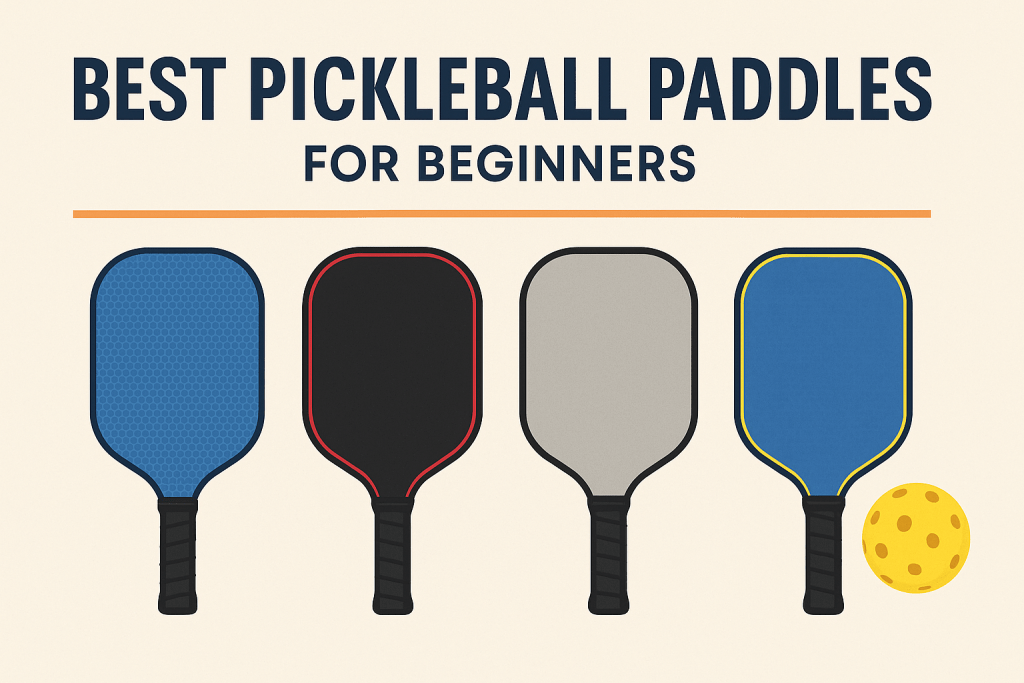
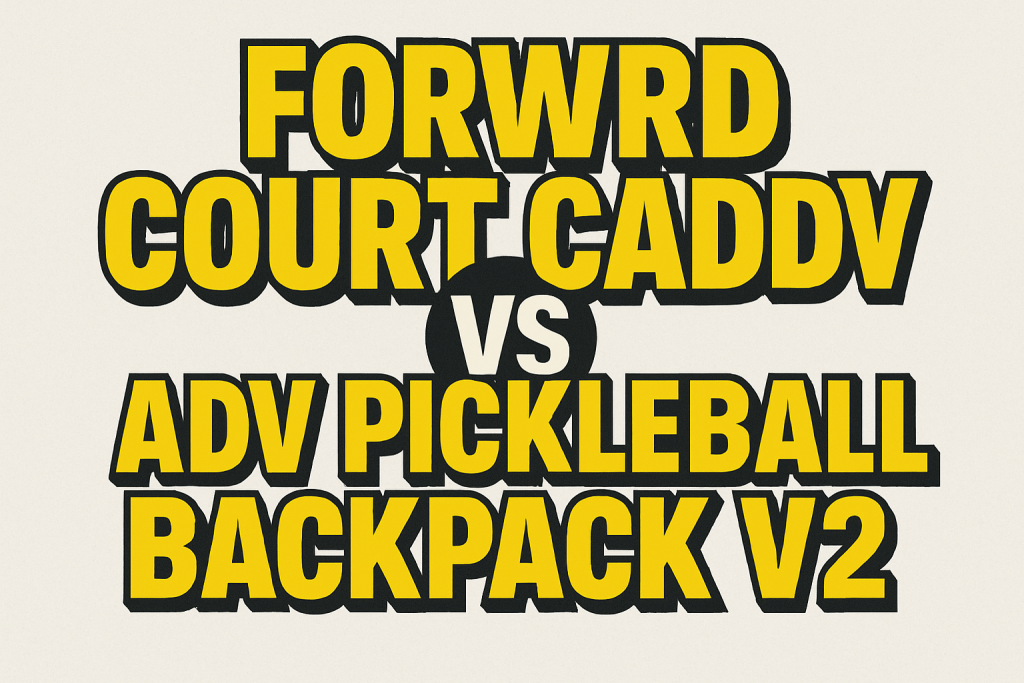
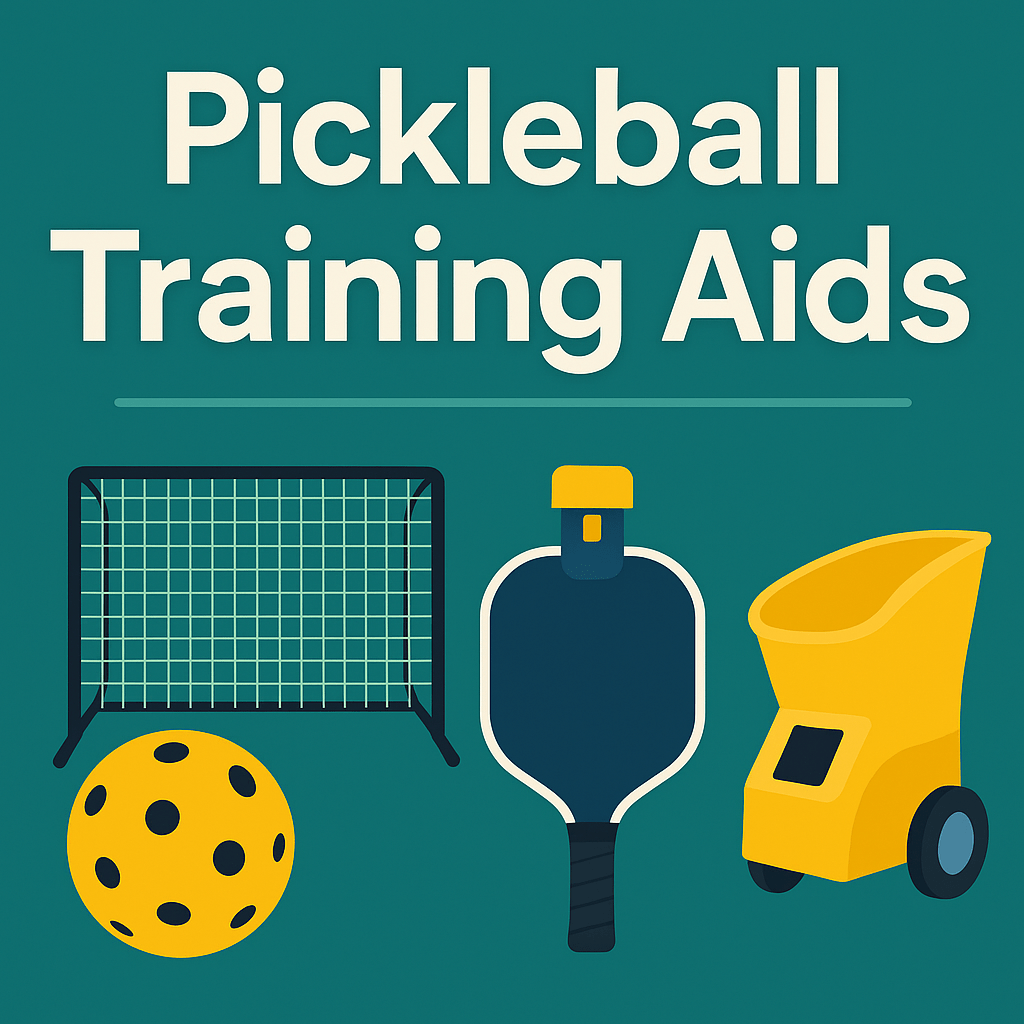
Leave a comment
All comments are moderated before being published.
This site is protected by hCaptcha and the hCaptcha Privacy Policy and Terms of Service apply.